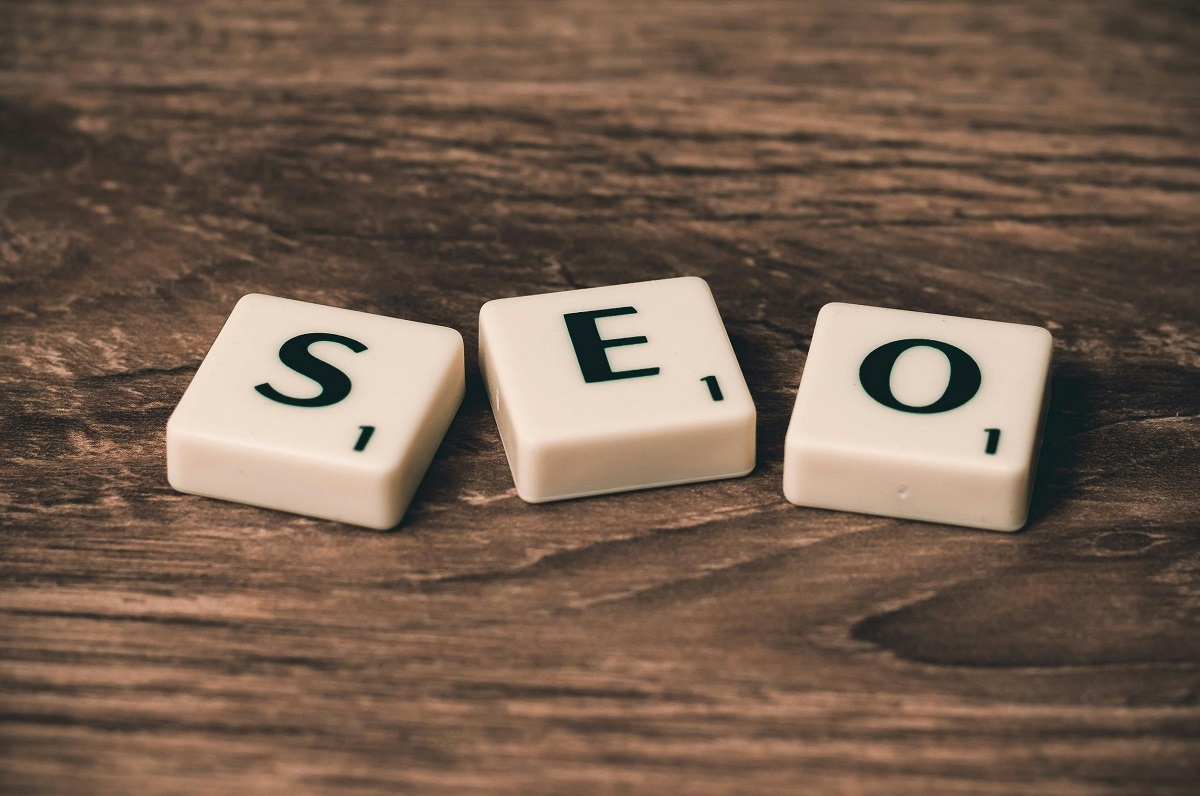Digital Marketing Services
Learn More About Us

To implement effective on-page SEOOptimization techniques performed directly on the website, including content and HTML source code., start with thorough keyword researchThe process of finding and analyzing search terms that people enter into search engines. and align these keywordsWords or phrases that users type into search engines to find information. with search intentThe purpose behind a user’s search query.. Use keywords in your page titles, headers, and body content to boost visibility. Craft keyword-rich title tags and engaging meta descriptions to improve click-through rates. Optimize your page titles to be unique and descriptive while aligning with user expectations. Use structured headings to enhance readability and user engagementThe level of interaction and involvement users have with social media content.. Website speed optimization is vital too, so compress images and limit redirects. By focusing on these areas, you'll enhance your website's SEO performance and discover even more strategies.
How can you effectively integrate keywords to boost your on-page SEO?
First, focus on thorough keyword research to identify relevant keywords that align with your content and audience's search intent. By understanding what users are searching for, you can strategically place these keywords throughout your webpage content. Start with your Page Titles; incorporating target keywords here is essential as they signal relevance to search engines and can notably impact your search engine rankingsThe position at which a website appears in the SERP..
Next, weave keywords naturally into your headers and body content. This not only helps search engines understand the context of your page but also makes it easier for readers to find the information they're looking for.
Don't forget about meta descriptions—although they don't directly affect rankings; they do influence click-through rates, which can drive more organic trafficVisitors who come to a website through unpaid search engine results. to your site.
Consider using long-tail keywordsLonger, more specific keyword phrases that are less competitive and often more targeted. as well. These phrases capture specific search queries and can increase your content's visibility. Proper keyword integration means balancing keyword densityThe percentage of times a keyword appears on a page compared to the total number of words. and placement to avoid keyword stuffingOverloading a page with keywords to manipulate search engine rankings., which can harm your rankings.

Now that you've integrated your keywords effectively let's focus on crafting compelling title tags and meta descriptions to enhance your on-page SEO.
Title tags and meta descriptions are essential on-page SEO elements that provide a clear snapshot of your webpage content. They don't just inform users but also significantly improve your search result visibility and click-through rates.
Title tags should be keyword-rich, concise, and accurately reflect the content of your page. A well-optimized title tagAn HTML element that specifies the title of a web page, displayed on the SERP and browser tab. helps search engines understand what your page is about, making it easier for them to index it correctly. This, in turn, can boost your website's ranking.
Meta descriptions, though not a direct ranking factor, play an important role in user engagement. A compelling meta descriptionA brief summary of a web page’s content, shown in the SERP. can entice users to click on your link over others. It should be engaging and relevant and include your primary keywords to drive organic traffic.
Crafting optimized page titles is crucial for enhancing your website's search engine visibility and user engagement. Page titles play a vital role in on-page SEO because they offerThe specific product or service being promoted by affiliates. a concise overview of your web page's content.
To optimize page titles effectively, follow these steps:
Enhancing headlines is vital for boosting both your website's SEO performance and user engagement. When done right, headline optimization can have a profound impact on your search engine rankings. By using relevant and noticeable headlines, you make your content more appealing to search engines and users alike.
Structuring your content with multiple headings isn't just about aesthetics; it improves readability and helps users navigate through your information effortlessly.
Well-crafted headlines not only capture attention but also encourage higher click-through rates, drawing more organic traffic to your site. Engaging headlines make a world of difference in how users perceive and interact with your content, ultimately improving the overall user experience.
To achieve effective headline optimization, focus on clarity and relevance. A headline that accurately summarizes the content while sparking curiosity will keep users engaged and more likely to stay on your page. In turn, this increased user engagement can leadA potential customer referred by an affiliate who has shown interest in the product or service but h... to improved search engine rankings.

Why is website speed optimization important for your site's success? Users expect fast load times, and 53% of mobile users will abandon a site that takes longer than three seconds to load. This directly impacts your user experience and can also affect your website performance and SEO.
Optimizing your website speed involves several techniques that can make a significant difference:
Google considers website speed an important ranking factor, meaning faster sites are more likely to appear higher in search results. Improved load times also lead to higher conversionThe completion of a desired action by a referred user, such as making a purchase or filling out a fo... rates and lower bounce rates, which are beneficial for your SEO efforts.
You can optimize your title tags and meta descriptions to boost visibility and click-through rates. Don't forget to strategically place target keywords in your content and headings for better search engine rankings.
You can improve your SEO by optimizing title tags, meta descriptions, and URLs. Make sure to use relevant keywords in your content and headings, structure headings properly, add alt textDescriptions added to images to help search engines understand the content of images. to images, and enhance website speed.
You'll need to focus on title tags, meta descriptions, URL structure, headings, image alt text, and keyword optimization. Using tools like Google Search ConsoleA tool by Google that helps monitor and maintain your site's presence in search results. and Yoast SEO will help you analyze and optimize these vital elements.
To do on-page SEO step by step, start with keyword research. Optimize title tags, meta descriptions, and headings. Enhance website speed, use internal and external links, and regularly monitor performance with tools like Google AnalyticsA web analytics service offered by Google that tracks and reports website traffic..
To boost your website's SEO, focus on integrating keywords naturally, crafting compelling title tags and meta descriptions, and optimizing your page titles.
Don't forget to enhance your headlines for better readability and engagement.
Speed up your site to guarantee a smooth user experience.
By taking these steps, you'll improve your search engine rankings and attract more visitors.
Remember, small tweaks can make a big difference, so start optimizing today!
